SGGP
The grassroots health system is considered the “gatekeeper” in primary health care for the people. To improve the level of the grassroots health system, Ho Chi Minh City has approved the policy of building, renovating and repairing hundreds of health stations. However, up to now, these projects are only at the stage of… making estimates or drafting.
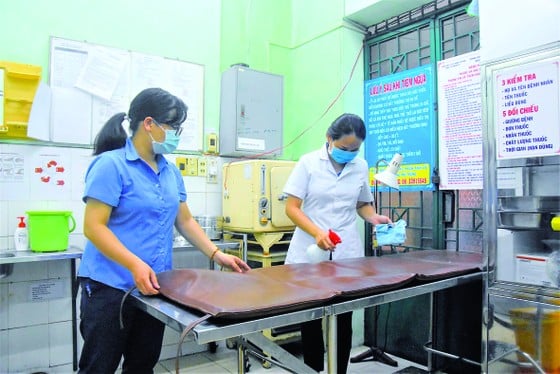 |
| Old equipment inside Ward 2 Health Station, Tan Binh District |
Deterioration, lack of human resources
On October 19, in the heavy rain, Ward 3 Health Station (Go Vap District) only had a few people coming to get traditional medicine, the medical examination and treatment area was deserted.
Dr. Dinh Cong Dung, Head of Ward 3 Health Station, shared that due to cramped facilities, lack of medical equipment, no emergency beds; the maternity and gynecological examination room is only 5 square meters wide... so very few people come to see a doctor. Previously, Ward 3 Health Station was located at 123/5 Le Loi Street, with an area of over 800 square meters , but then the station moved to 124/3 Pham Van Dong Street, with an area of over 200 square meters , the predecessor was an old 1-ground-floor, 1-story townhouse. The medical team of Ward 3 Health Station hopes that the station will soon be built on a new plot of land, with an area large enough to better meet the primary health care needs of nearly 57,000 people in the area.
Ward 2 Medical Station (Tan Binh District) is a 1-ground-floor, 2-story townhouse, fully designed with specialized rooms such as dental, X-ray, oriental medicine, obstetrics and pediatrics, emergency room, etc. However, due to lack of staff, some specialized rooms only display a sign above, while the equipment, supplies, and machinery inside have not been invested in.
“We have been working hard to overcome difficulties to ensure epidemic prevention and health care for thousands of elderly people with underlying diseases and non-communicable diseases. However, if the station is not renovated and repaired soon, primary health care for people in the ward will be very difficult,” said a representative of Ward 2 Health Station.
According to records, most of the medical stations in the inner city of Ho Chi Minh City are townhouses that have been used as headquarters for a long time, are degraded and cramped. In the suburban areas, most of the medical stations were built after 2000, are large in scale, but many stations lack human resources, so the clinics only display signs, and the inside is used as a warehouse for damaged supplies or equipment that has not been used for a long time.
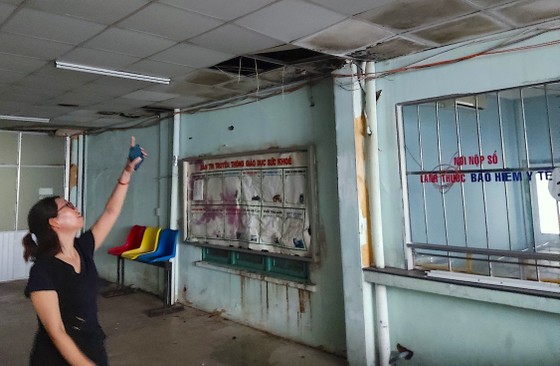 |
The ceiling at Go Vap District Medical Center has deteriorated. |
Expect to build new, renovate
At the 9th session (special session) of the 10th term, 2021-2026 (held in April 2023), the People's Council of Ho Chi Minh City approved the investment policy for the project "Investing in new construction, upgrading, renovation and purchasing equipment for 146 medical stations at ward and commune levels in the city". The localities implementing the project include: Thu Duc City, districts 1, 4, 5, 6, 8, 10, 11, 12, Tan Binh, Tan Phu, Phu Nhuan, Go Vap, Binh Thanh and districts Nha Be, Binh Chanh, Hoc Mon, Cu Chi; The Management Board of Investment and Construction Projects of Civil and Industrial Works of Ho Chi Minh City is the investor. However, most of the approved investment projects have not yet made progress.
Ms. Le Thi Ngoc Dung, Vice Chairwoman of Binh Tan District People's Committee, informed that the district has 4/10 works that need to be repaired and upgraded, namely Binh Hung Hoa Ward Medical Station, Binh Hung Hoa B Ward Medical Station, Binh Tri Dong B Ward Medical Station, An Lac Ward Medical Station. These medical stations have been surveyed by the district since 2022 and approved the investment policy for construction projects according to the model medical station. However, up to now, all 4 of these projects have not yet had a decision on capital allocation for implementation...
Meanwhile, many other localities have completed the design drawings for new construction, repair and renovation, and the provision of related equipment for health station projects. “The daily expectation of the grassroots health staff and the people is that these projects will be implemented as soon as possible, so that the grassroots health sector will have a “brighter” face,” a leader of the Ho Chi Minh City Department of Health shared.
According to Mr. Nguyen Van Truong, Director of the Ho Chi Minh City Civil and Industrial Construction Investment Project Management Board, of the 146 medical stations, 140 stations were repaired and 6 were newly built, with a total capital of 296 billion VND from the budget. The unit is currently carrying out the steps of making estimates, drafting a plan to select contractors for the project preparation phase and the project implementation phase. After completing the procedures according to regulations, the project is expected to start construction in 2024 and strive to be completed in 2025.
Can Gio District is a locality with no medical station projects among 146 medical stations approved for repair or new construction. Mr. Nguyen Ngoc Xuan, Vice Chairman of Can Gio District People's Committee, said that this is a disadvantage for the locality. The Vice Chairman of Can Gio District People's Committee cited: "The whole district has 7 medical stations, of which 5 are basically built in a spacious manner, while 2 stations have limited and degraded facilities, which are Thanh An Island Commune Medical Station and Can Thanh Town Medical Station. In which, Can Thanh Town Medical Station is a level 4 house, divided into 5 rooms, each room has an area of 12-15m2 . Because the facilities are reused, not the function of the medical station, when it rains, it leaks and floods; when it is sunny, it is extremely hot. Currently, the station is responsible for taking care of the health of over 11,000 people, including about 1,000 elderly people".
Source



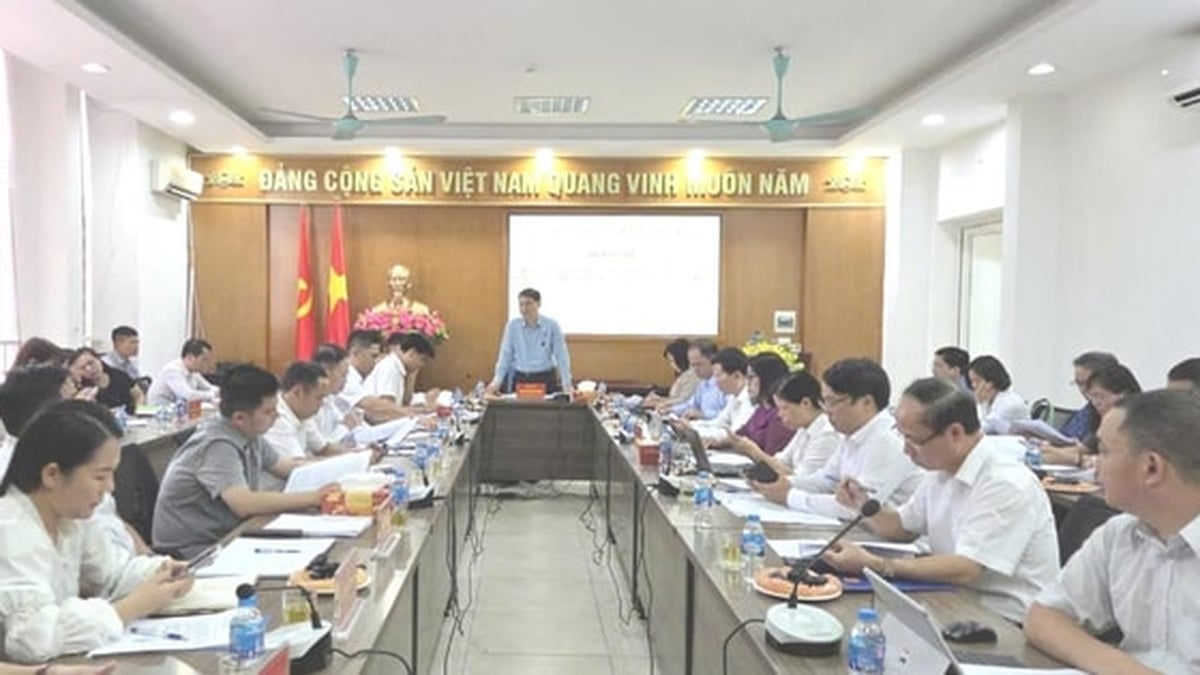
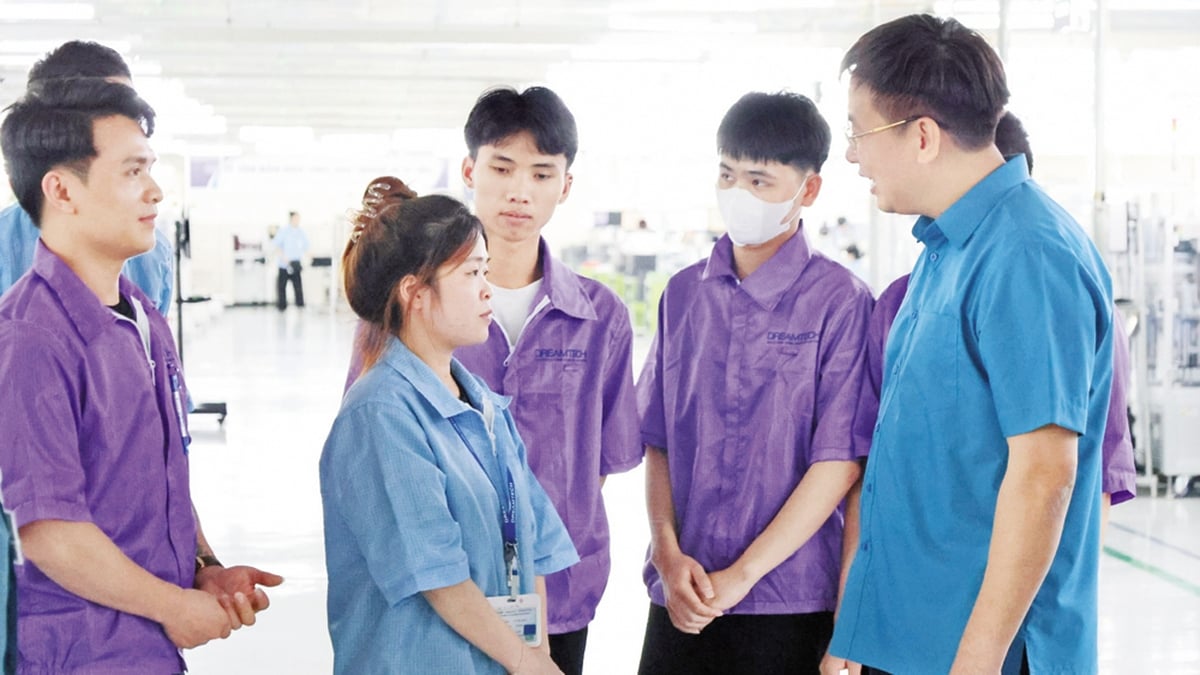






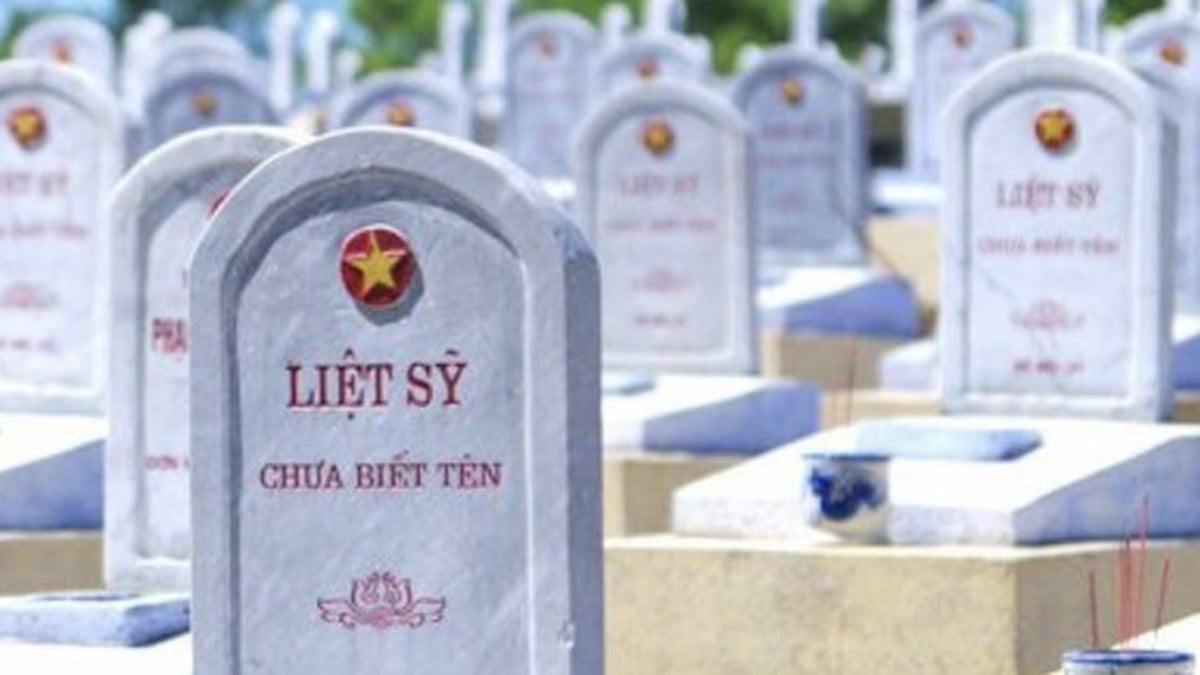














![[Photo] National Assembly Chairman attends the seminar "Building and operating an international financial center and recommendations for Vietnam"](https://vphoto.vietnam.vn/thumb/1200x675/vietnam/resource/IMAGE/2025/7/28/76393436936e457db31ec84433289f72)


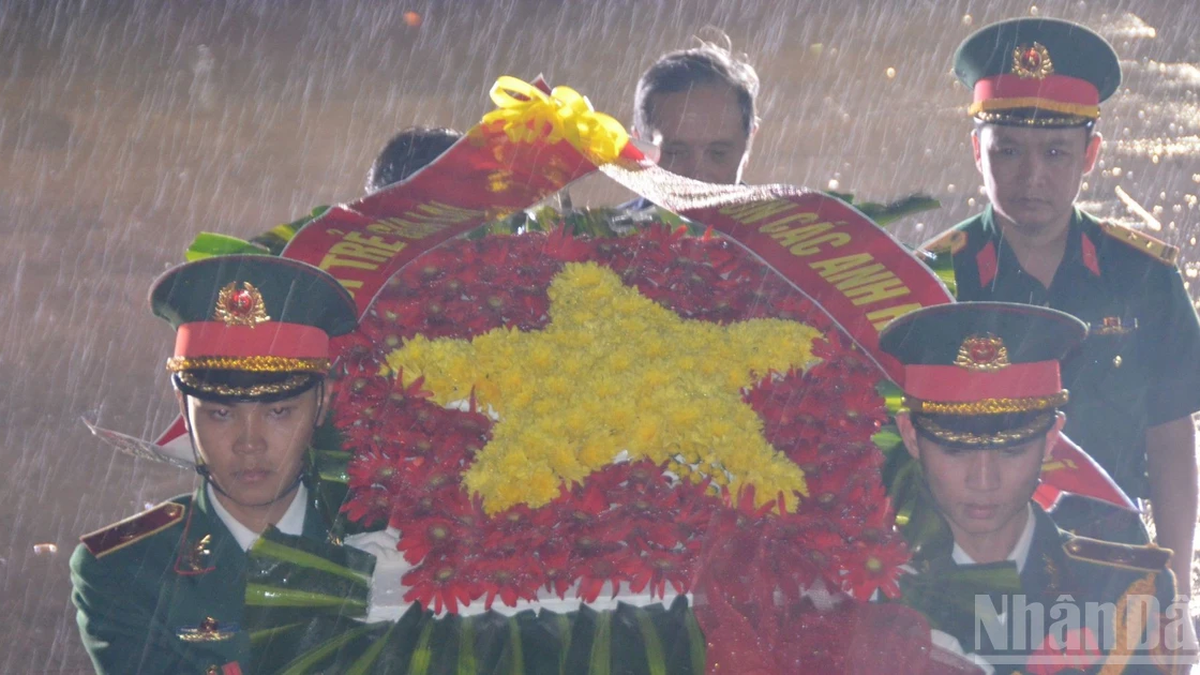













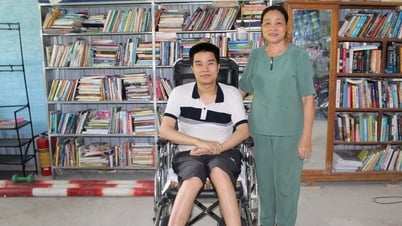

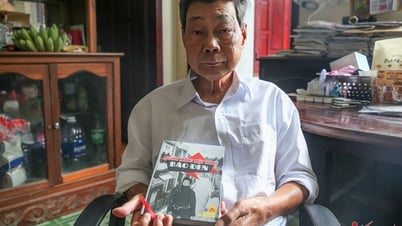



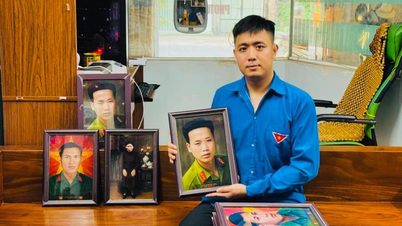























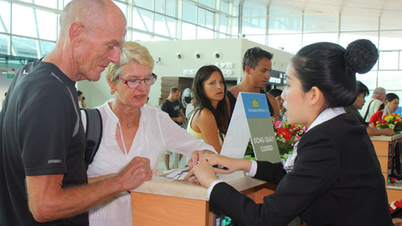
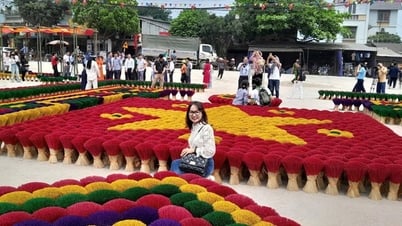

























Comment (0)